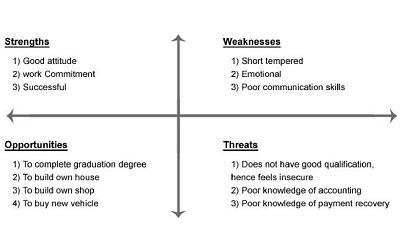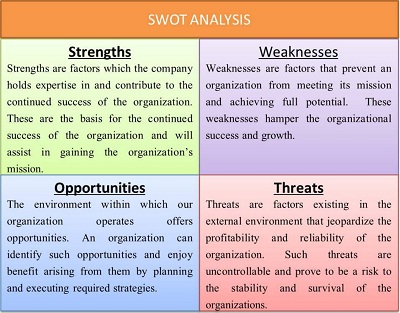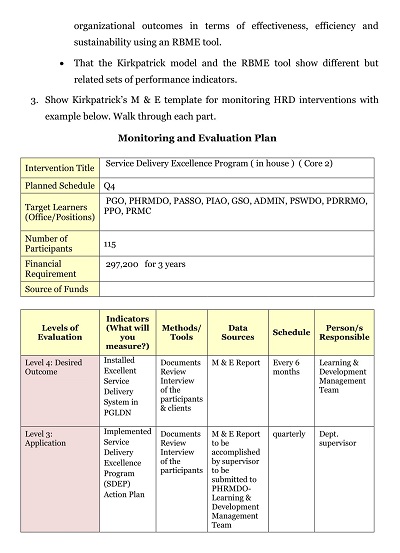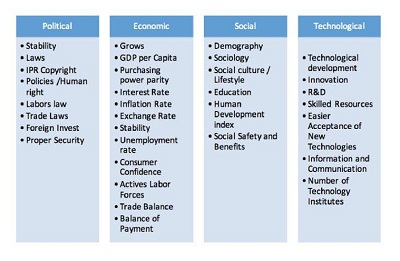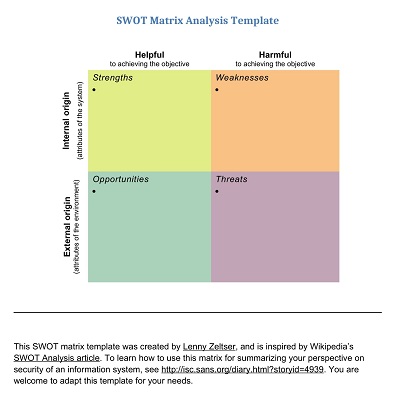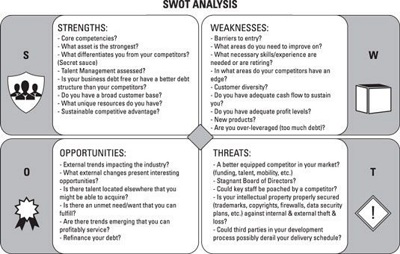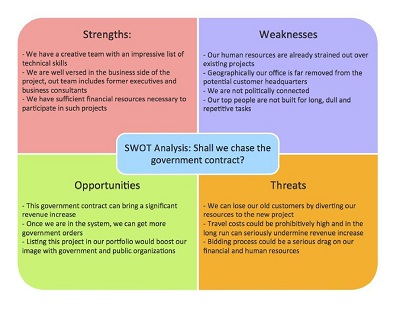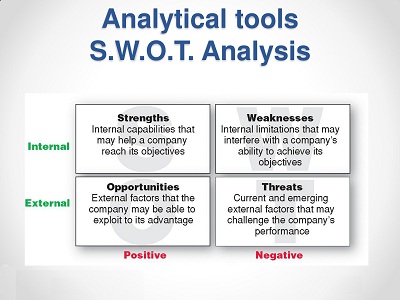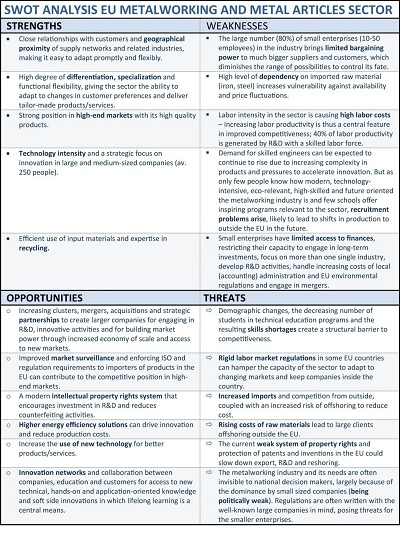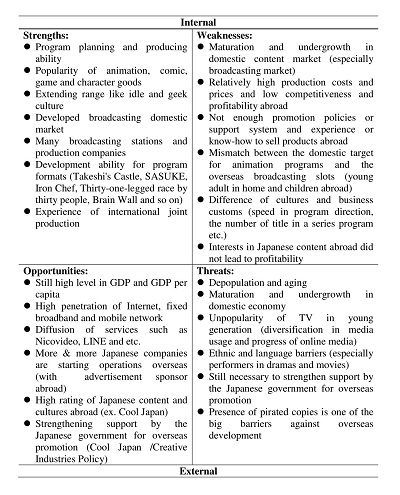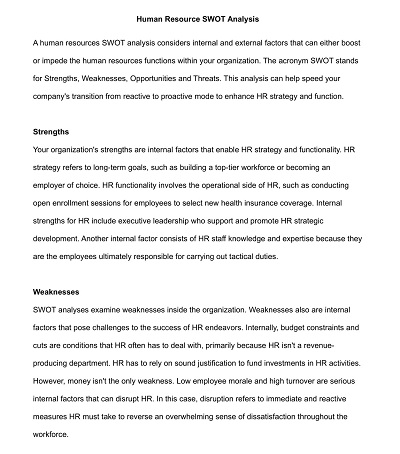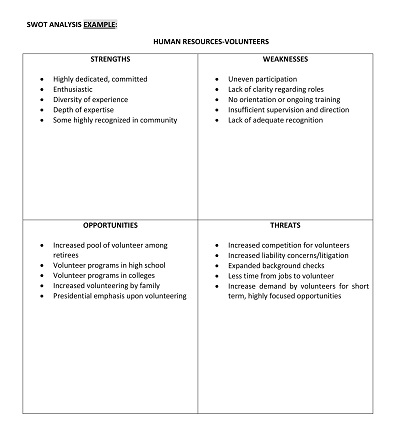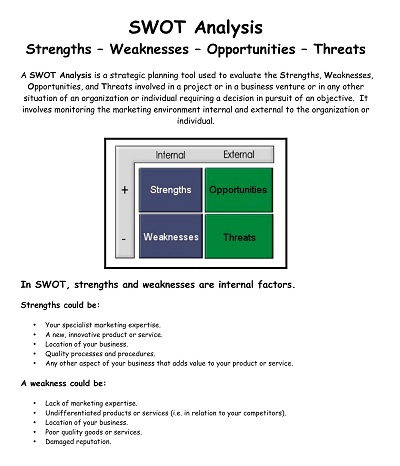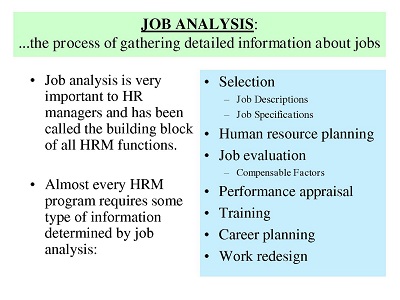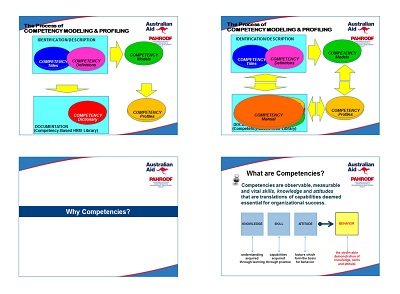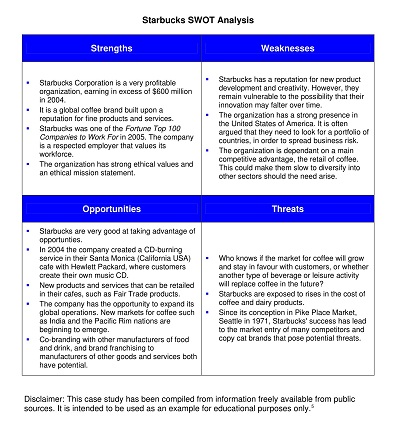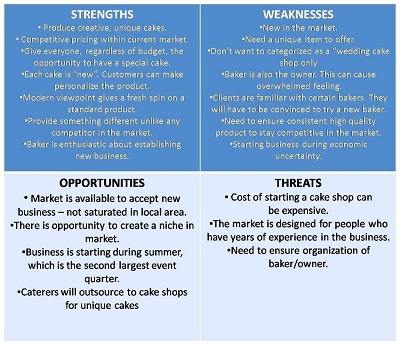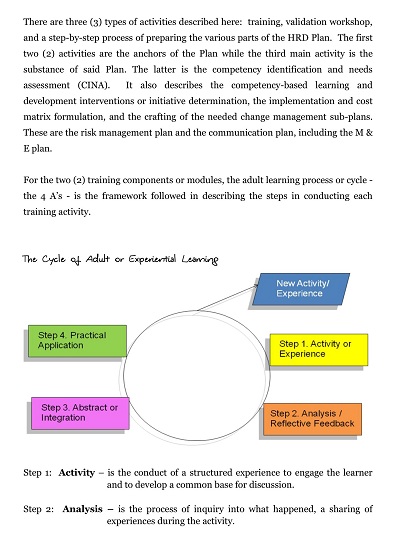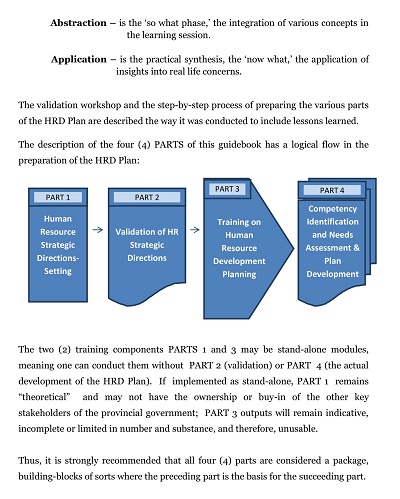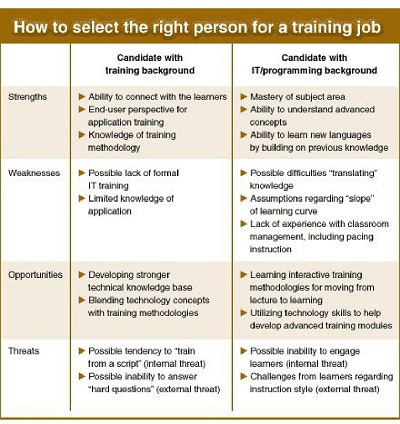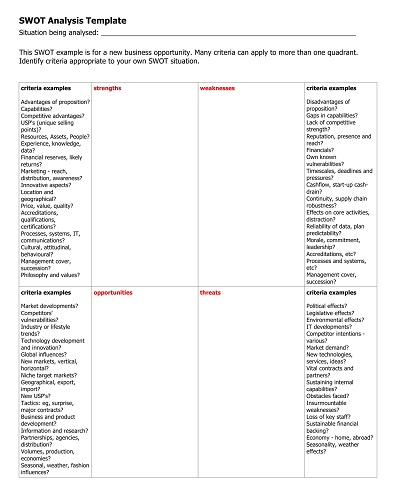40+ Free Sample HR SWOT Analysis Templates (PDF, Word)
HR SWOT analysis template is essential for any organization assessing its HR strategies and practices. At its core, a SWOT analysis helps to identify an organization’s strengths, weaknesses, opportunities, and threats. When applied to HR, this process provides a practical method for identifying areas where HR can improve its performance and contribute meaningfully to an organization’s bottom line.
The HR SWOT analysis template serves as a guide to help HR departments evaluate their current practices and develop actionable plans to achieve their desired outcomes. By taking a comprehensive and mindful approach to HR strategy, organizations can position themselves for success and better meet the needs of their employees in a rapidly changing business landscape.
Download Free Sample HR SWOT Analysis Templates
Components of HR SWOT Analysis
A successful HR SWOT analysis involves a comprehensive examination of the internal and external factors that impact the human resources function within an organization. By exploring the strengths, weaknesses, opportunities, and threats, HR professionals can identify areas of improvement and develop effective strategies to propel their department and the business forward.
Some critical components of an HR SWOT analysis may include recruitment and retention, employee engagement and satisfaction, training and development, performance management, organizational culture, and compliance with relevant laws and regulations. A thorough HR SWOT analysis can help organizations understand their strengths and weaknesses better and capitalize on opportunities while mitigating risks and threats.
Analyzing the HR Department’s Talent Acquisition and Retention
Organizations are always looking for talented individuals to help them achieve their goals. The HR department plays a critical role in talent acquisition and retention. Recruiting high-quality candidates is not easy, and getting the right person for the job takes time and effort. Retaining them can be equally challenging, especially when competitors are always on the lookout, offering lucrative packages and benefits.
Analyzing the HR department’s talent acquisition and retention strategies can help businesses understand whether they are attracting and retaining the right talent. Understanding this can give organizations a clear direction on how to adapt their recruitment and retention strategies to ensure they have the best talent working for them.
Benefits of HR SWOT Analysis
As companies continue to grow and evolve, it’s important to recognize where their strengths and weaknesses lie. This is where an HR SWOT analysis can be incredibly beneficial. By analyzing internal and external factors that impact a company’s performance, HR professionals can pinpoint areas that might need improvement, identify potential growth opportunities, and determine how to capitalize on their strengths.
This type of analysis is incredibly useful in strategic planning and can help support a company’s overall goals and objectives. Through a comprehensive HR SWOT analysis, organizations can ensure they can adapt to changing markets and stay ahead of the competition.
How to Create an HR SWOT Analysis Template
As businesses continue to grow and evolve, it is important to regularly evaluate strengths, weaknesses, opportunities, and threats (SWOT) within your organization. One of the most effective ways to do this is through an HR SWOT analysis. However, you must create an effective HR SWOT analysis template before starting to analyze.
Identify the Purpose of Your HR SWOT Analysis
The first step in creating your HR SWOT analysis template is identifying the purpose of your analysis. Are you looking to identify potential employee performance issues? Are you evaluating your recruiting process? Are you trying to determine the current state of your company’s culture? Determining the purpose of your analysis will help you identify the relevant areas to focus on and allow you to tailor your questions accordingly.
Identify the Factors to Evaluate
The next step is identifying the factors you want to evaluate in your HR SWOT analysis. This may include employee turnover rates, training and development opportunities, compensation and benefits, workplace culture, recruiting strategies, and employee engagement. Consider your business’s most important aspects and list relevant factors to evaluate.
Create a SWOT Analysis Grid
Once you have identified the purpose of your HR SWOT analysis and the factors to evaluate, it’s time to start creating your SWOT analysis template. The most common way to do this is through a grid where you can map out the strengths, weaknesses, opportunities, and threats for each factor. This grid should be easy to read and provide ample space to write down your findings. You may also want to include additional columns for action plans or notes.
Develop Relevant Questions
To fill in the SWOT analysis grid, you must develop relevant questions that help you evaluate each factor. For example, suppose one of the factors you want to evaluate is employee engagement. In that case, you may ask questions like, “Do employees feel that their opinions are valued?” or “Are there opportunities for employees to provide feedback?” Your questions should be open-ended and designed to elicit thoughtful responses to help you assess each factor accurately.
Share Your Results
After you have completed your HR SWOT analysis, it’s important to share your results with key stakeholders. Consider creating a summary report that highlights the most important findings and outlines action plans for addressing any areas of concern. Sharing your results with key stakeholders will help to build buy-in and ensure that everyone is on board with any changes or improvements that need to be made.

